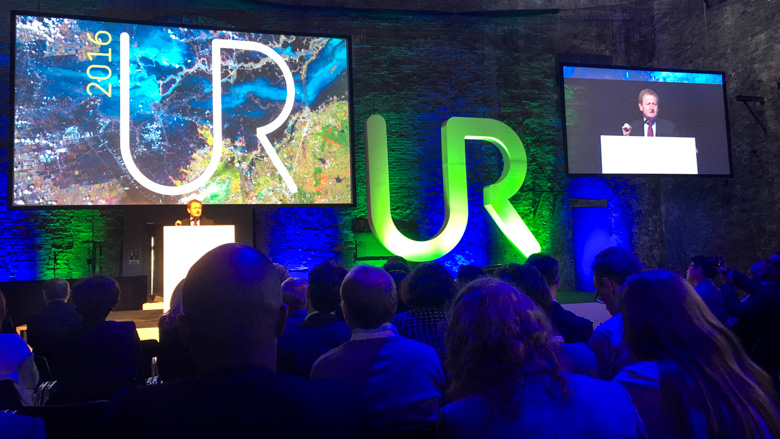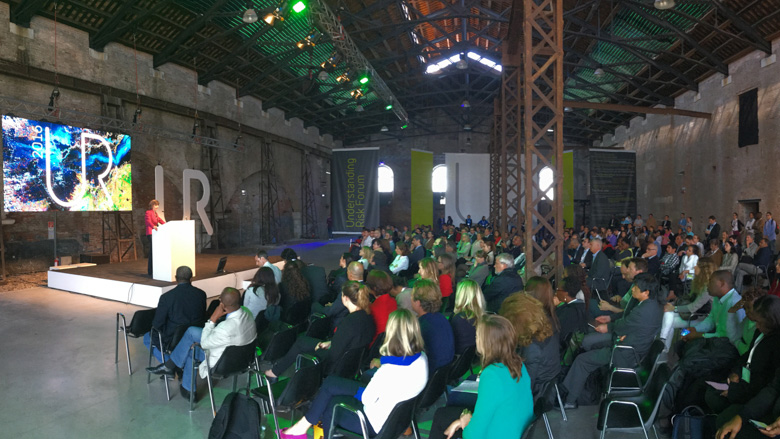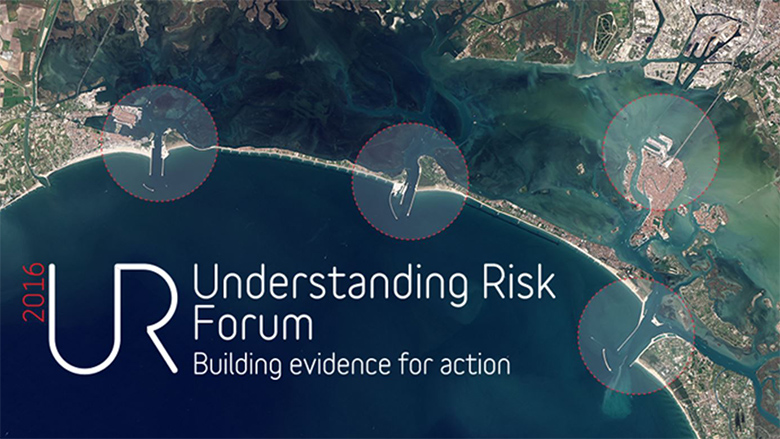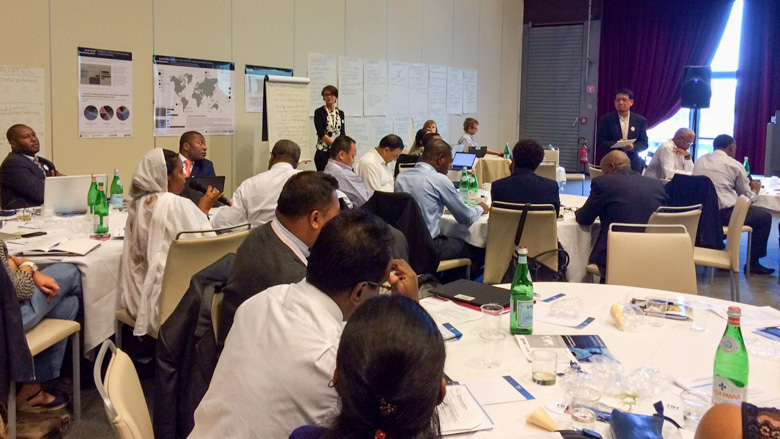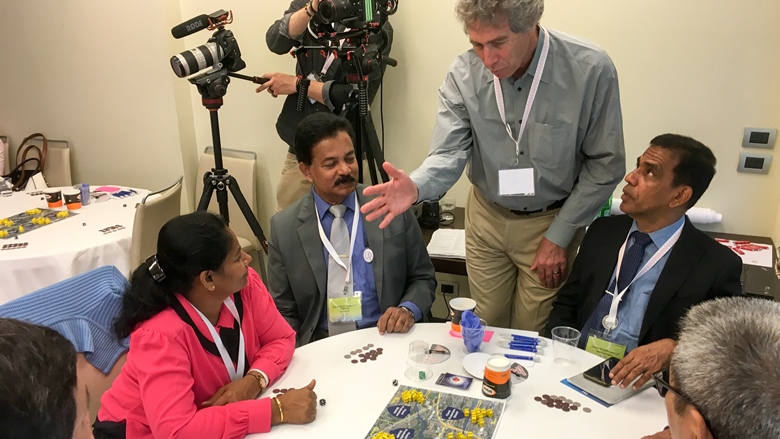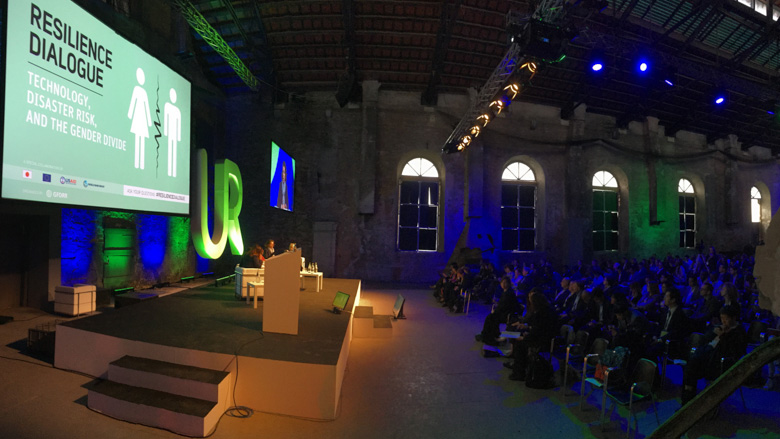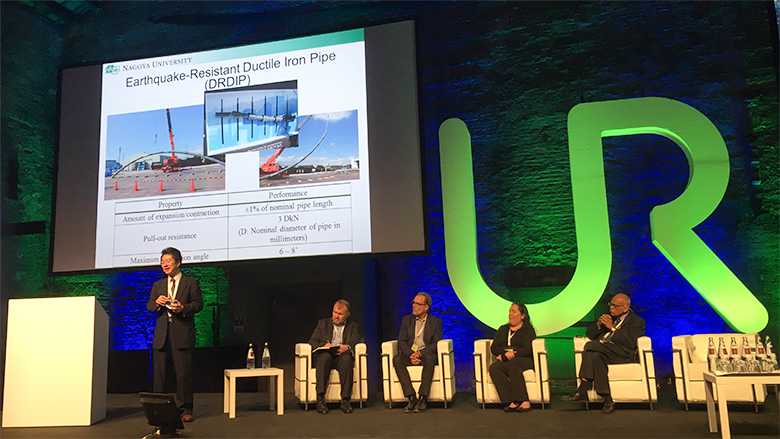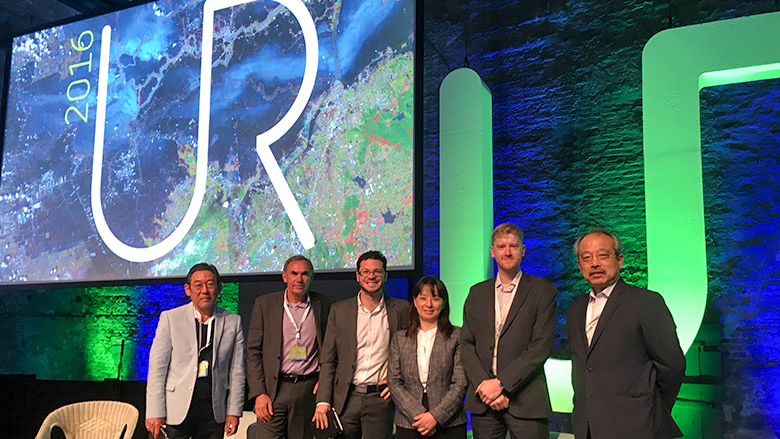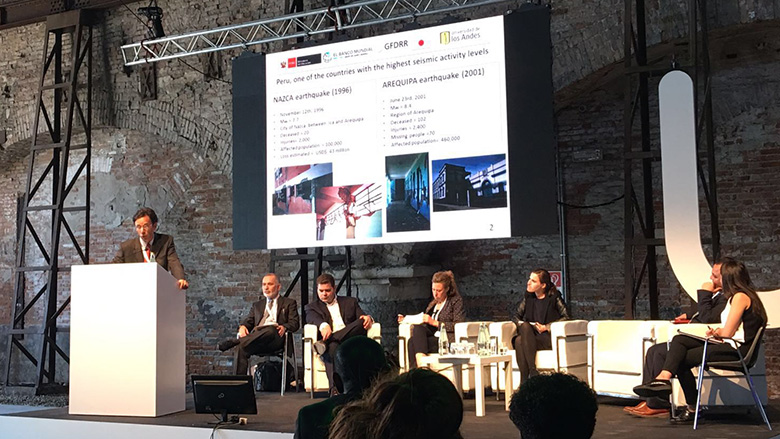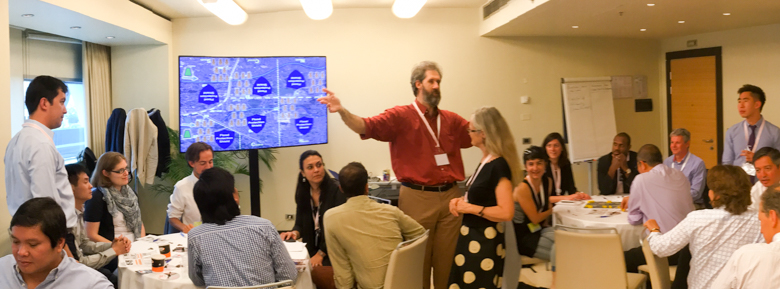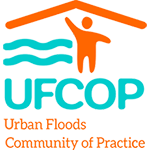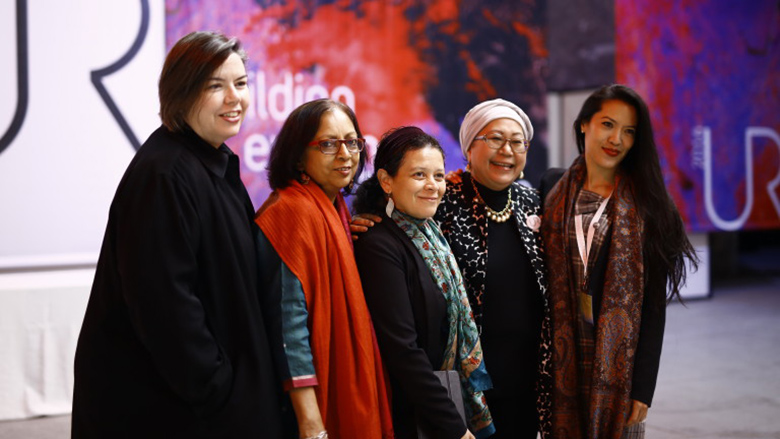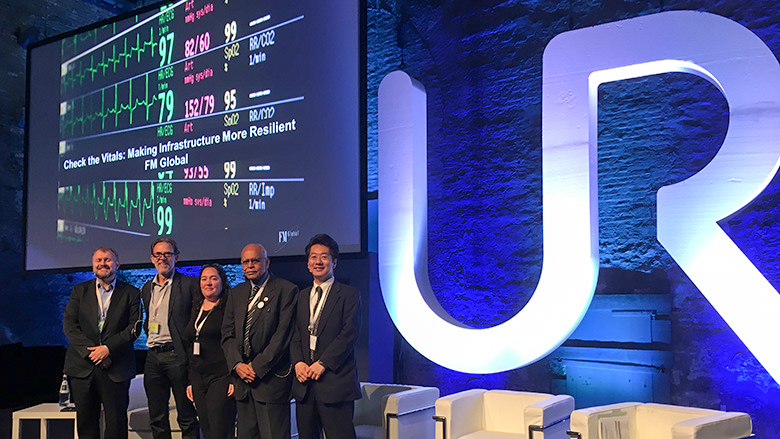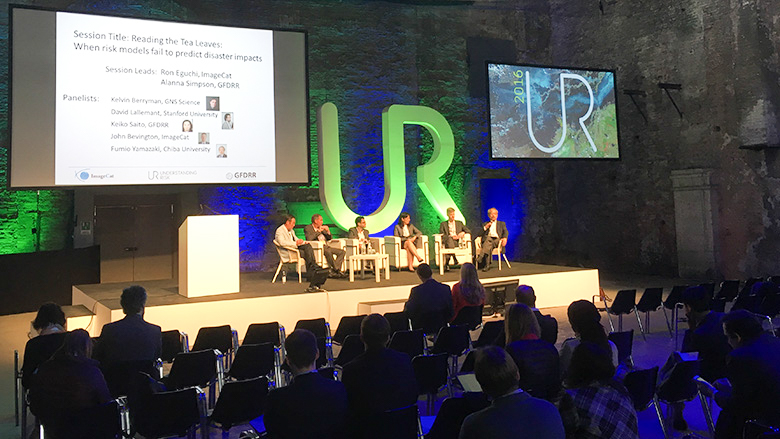Let's Shake Your Community: Earthquake Hazard Mapping Approach for Community Resilience
Monday, May 16, 2016 10:00-12:00
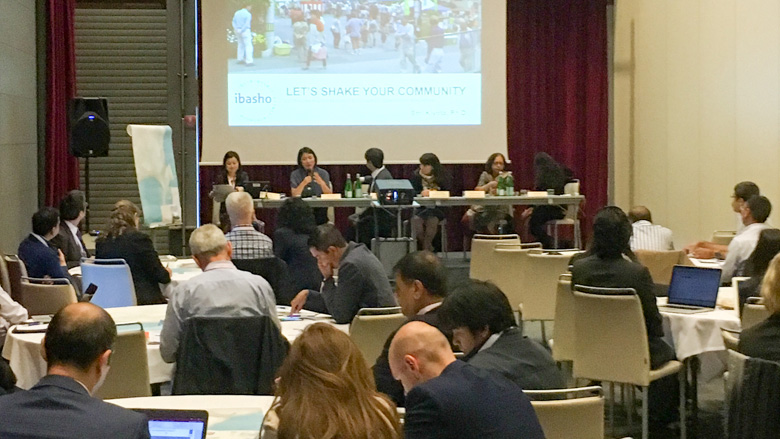
At “Let's Shake Your Community: Earthquake Hazard Mapping Approach for Community Resilience”, panelists and participants shared experiences bringing accurate scientific information to hazard mapping, while also finding new and innovative ways to ensure that communities are an essential part of these processes from assessment to preparedness.
Keiko Saito, Disaster Risk Management Specialist, Global Facility for Disaster Reduction and Recovery (GFDRR), World Bank Group, and Yoshitaka Yamazaki, Manager, Earthquake Disaster Management Department, OYO International Corporation explained the experience and practice of Japanese local governments in conducting and applying community hazard mapping exercise that is well connected to preparedness efforts.
María Teresa Rodríguez-Blandon, Director of Fundación Guatemala demonstrated the value that indigenous women groups can play in enhancing hazard mapping processes and bringing this experience to leadership training – effectively making hazard mapping a tool for empowerment that can also connect to livelihood and disaster preparedness.
Prema Gopalan, Director of Swayam Shikshan Prayog, noted that women play a critical role in risk identification, “not as beneficiaries, but as change agents”.
Emi Kiyota, President, Ibasho, pointed to the need for hazard mapping and preparedness planning based on the unique needs of different community members, particularly the elderly, who require greater time and attention during evacuation.
Keiko Sakoda Kaneda, Disaster Risk Management Specialist, Disaster Risk Management Hub, Tokyo, GFDRR, World Bank Group noted that hazard mapping is most successful and effective when the daily needs of different community member are integrated into the process and the resulting preparedness planning. Ms. Sakoda Kaneda also led the 70 session participants in a hands-on interactive community mapping exercise, using the “Nigechizu” methodology, which was developed in Japan by architectural firm Nikken Sekkei.
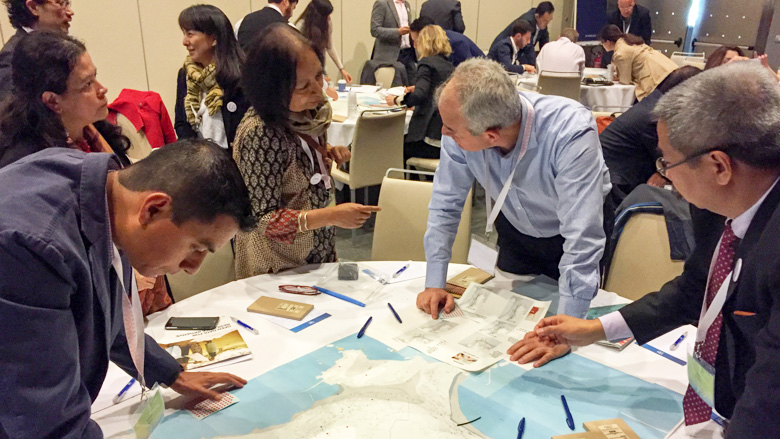
See the details »
Presentation Materials
Keiko Saito
Disaster Risk Management Specialist, Global Facility for Disaster Reduction and Recovery (GFDRR), World Bank Group
Yoshitaka Yamazaki
Manager, Earthquake Disaster Management Department, OYO International Corporation
"Earthquake Hazard Mapping for Community Resilience in Japan: The Role of the Government" PDF
María Teresa Rodríguez Blandón
Director, Fundación Guatemala
"Empowering Indigenous Women Groups through Community Hazard Mapping" PDF
Prema Gopalan
Director, Swayam Shikshan Prayog
"Women Groups as Change Makers: Grassroots Approach for Community Risk Mapping" PDF
Emi Kiyota
President, Ibasho
"Elderly Leading Resilient Community" PDF
Related Material
"Saitama City Disaster Prevention and Urban Development Plan 2016" PDF
